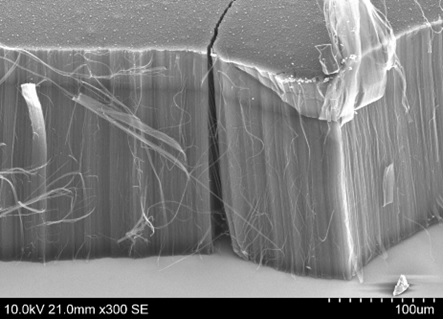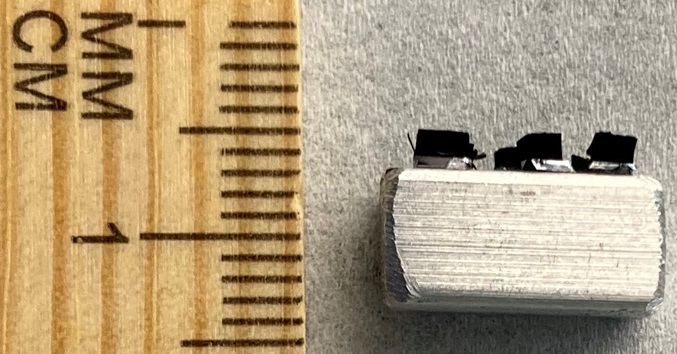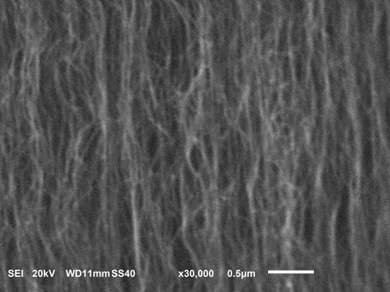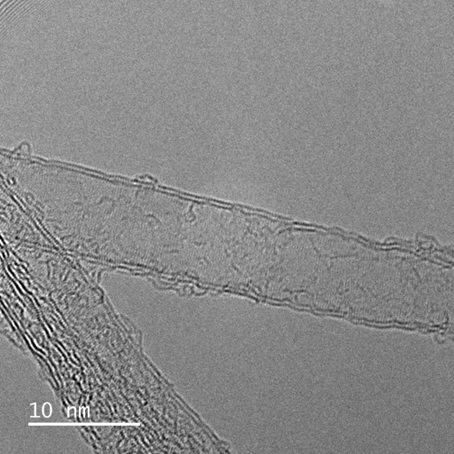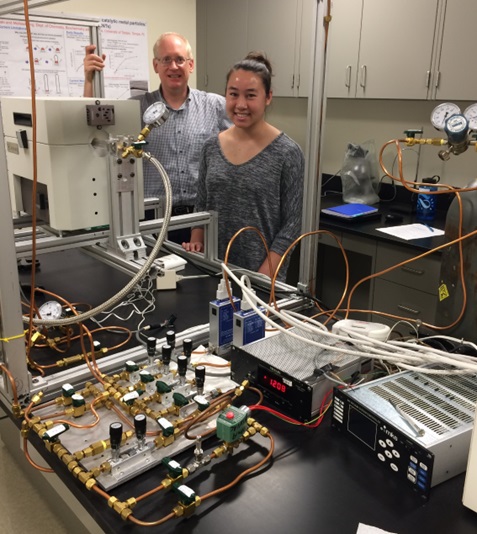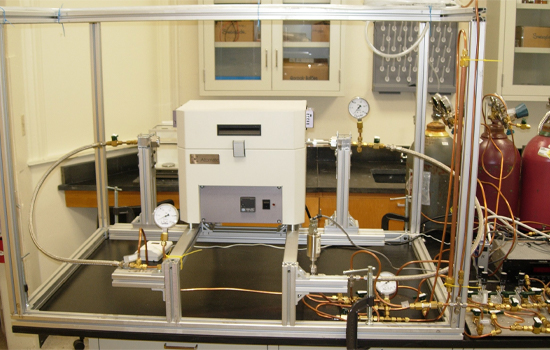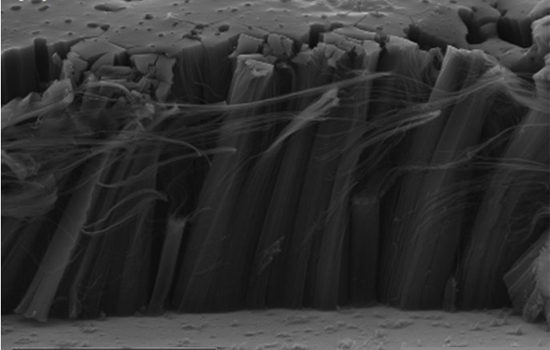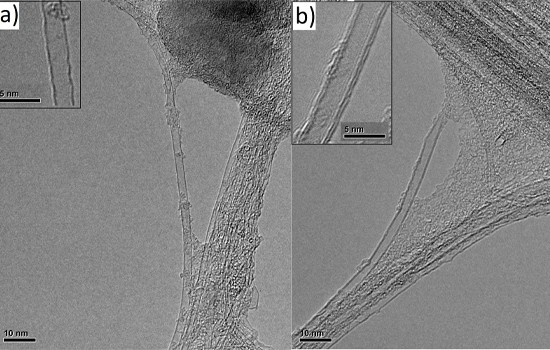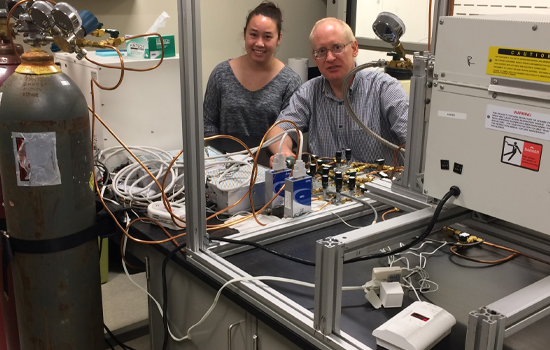
Michael Bronikowski
Assistant Professor, Chemistry
Office: SC 202
Email: mbronikowski@ut.edu
- 1986 B.S. Chemistry and Mathematics, California Institute of Technology (with Dr. Ahmed Zewail)
- 1992 Ph.D. Chemistry, Stanford University (with Dr. Richard Zare)
Postdoctoral Training
- 1992-1994, University of Wisconsin (with Dr. Robert Hamers)
- 1994-1997, University of Colorado (with Dr. Alan Gallagher)
- 1997-2001, Rice University (with Dr. Richard Smalley)
Research Interests
Michael Bronikowski is interested in nanotechnology and nano-materials, especially the production of and applications for carbon nanotubes (CNTs). CNTs are tubes of carbon atoms with nano-scale diameters (0.5–10 nanometers). This new nano-material is predicted to have many exciting mechanical and electronic properties including superior tensile strength and extremely high electrical conductivity. To fully realize the potential of CNT-based materials, it will be necessary to grow CNTs to lengths measured in meters (typical current achievable lengths are 100–1000 microns). Bronikowski's research involves investigations into methods by which CNT can be grown to much longer lengths than are currently achievable, to take advantage of these unique materials' properties.
In his lab, CNTs are grown by catalytic chemical vapor deposition (CVD): carbon-containing gases such as methane are passed over nanometer-sized particles of catalytic metals, and under appropriate conditions, these gases will decompose upon the catalytic particles to release their carbon atoms, which will form into CNTs. His research involves the investigation of methods to stabilize and control the structure of the catalytic particles used so that they are stable over long periods of time during the CVD process. This will allow the continued growth of CNTs to reach ultra-long lengths.
